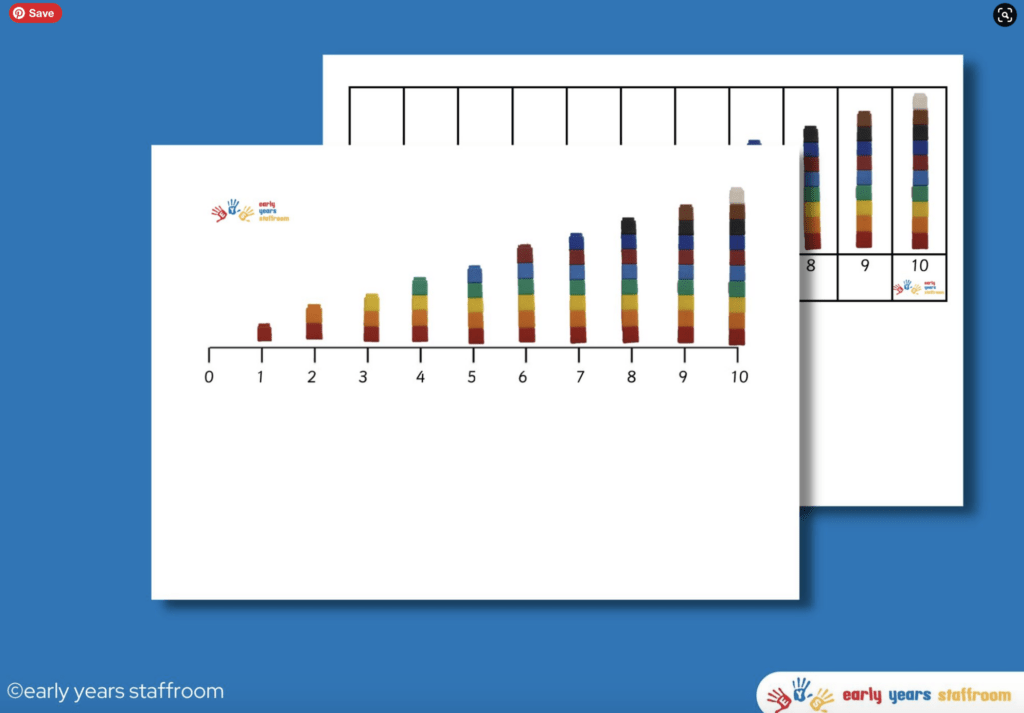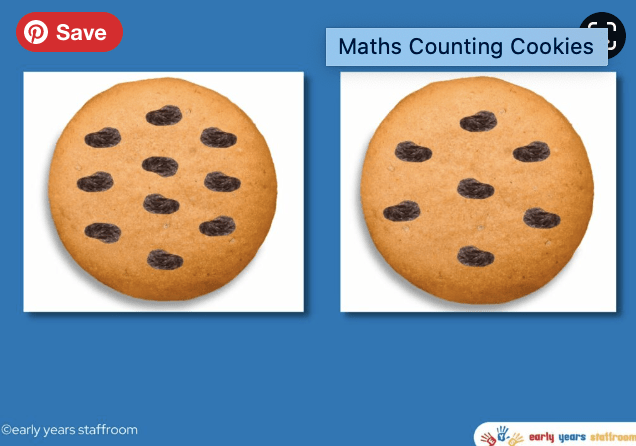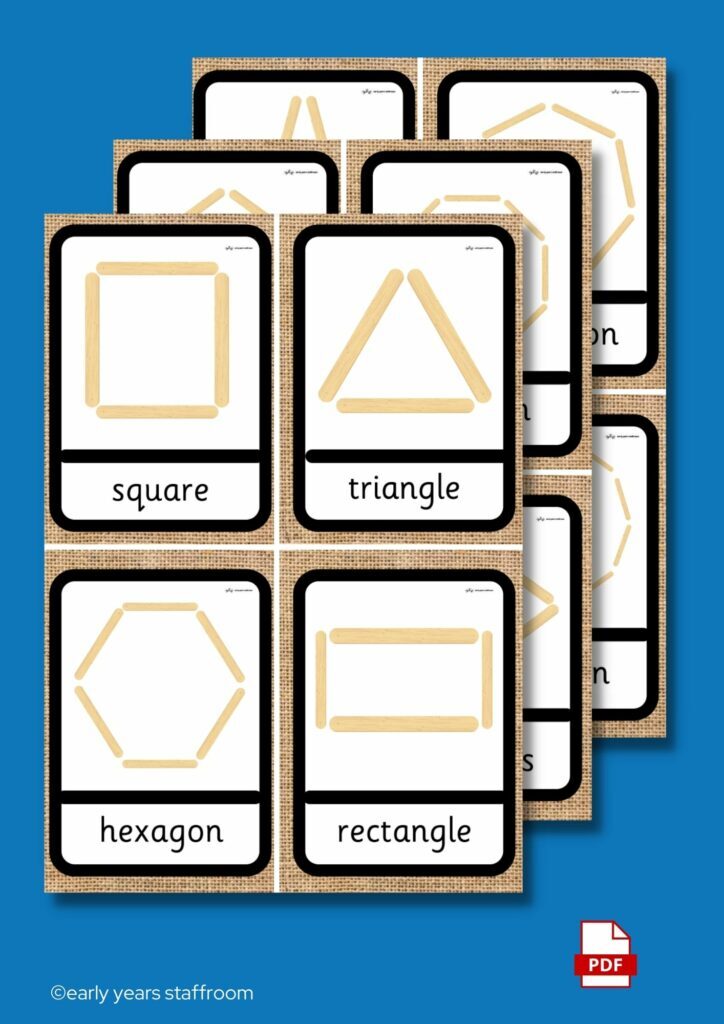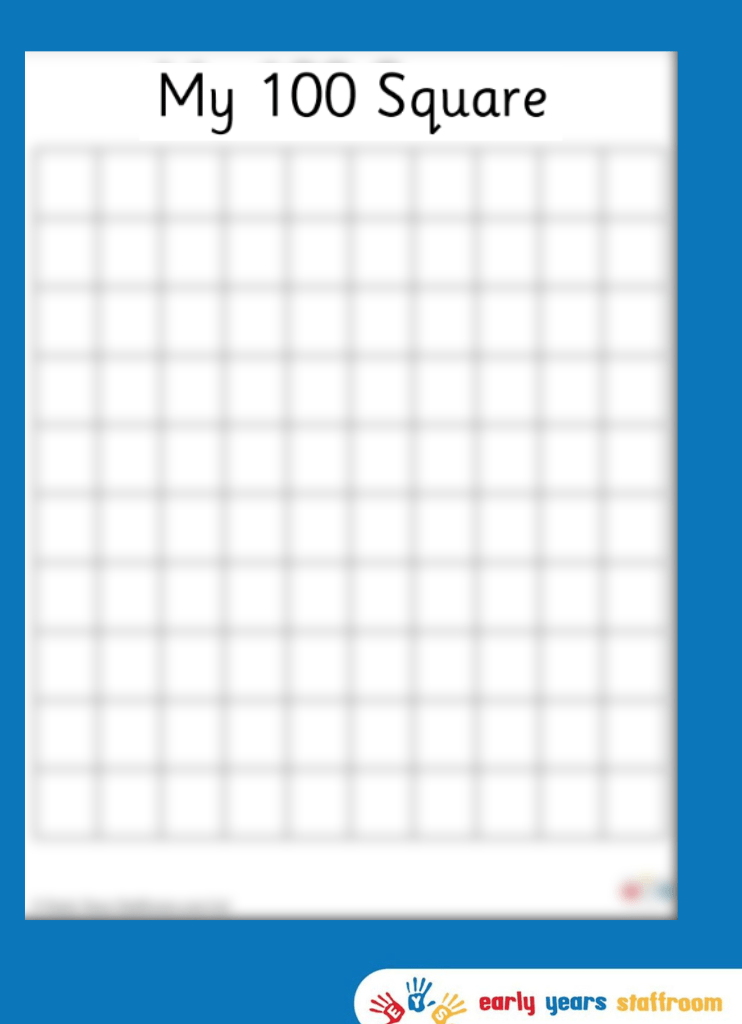Number Line To 10 Unifix Cubes

Number Line To 10 made out of unifix cubes.
A number line to 10 using Unifix cubes offers a tactile and visual representation of numbers and their relationships, making it an invaluable tool in early mathematics education. Here’s why such a tool is useful in teaching:
Concrete Representation: Unifix cubes provide a tangible representation of abstract mathematical concepts. Young children can touch, manipulate, and visually see the difference between, say, seven cubes and three cubes.
Understanding Number Sequences: When arranged in a line, Unifix cubes can help students visually grasp the sequence of numbers up to 10, aiding in number recognition and order.
Demonstration of Basic Arithmetic: The act of joining or removing cubes can effectively demonstrate addition or subtraction. For example, taking three cubes away from a stack of seven can visually illustrate the equation 7 – 3 = 4.
Comparing Quantities: By comparing the lengths of different stacks of Unifix cubes, students can develop an understanding of more than, less than, or equal to.
Subitising Skills: Subitizing is the ability to recognize the number of items in a small group without counting them. By grouping Unifix cubes, students can practice this skill, essential for early number sense.
Understanding One-to-One Correspondence: As children count each Unifix cube, they develop a sense of one-to-one correspondence, understanding that each number word matches one object.
Flexible Grouping: Unifix cubes can be grouped or segmented in various ways, helping students understand concepts like decomposing numbers. For instance, 10 can be seen as 5 + 5, 4 + 6, etc.
Visual Patterns: Creating patterns using Unifix cubes of different colors can integrate number sense with early pattern recognition, a foundational algebraic skill.
Hands-On Engagement: Physical manipulation of Unifix cubes engages kinesthetic learners, ensuring that mathematical exploration appeals to diverse learning styles.
Building Spatial Awareness: Arranging and stacking Unifix cubes can also contribute to spatial reasoning skills, crucial in many mathematical areas.
Development of Fine Motor Skills: Handling and connecting Unifix cubes help in developing fine motor skills, which are essential for tasks like writing.
Self-Correction: Mistakes are visible. If a child is trying to represent the number 8 with cubes but only has 7, they can immediately see and correct their error.
Versatility: While primarily used for number representation, Unifix cubes on a number line can also be utilized for other concepts like fractions (e.g., understanding that 5 out of 10 cubes is 1/2).
When used thoughtfully, a number line to 10 made up of Unifix cubes becomes a versatile teaching tool, grounding abstract mathematical concepts in tangible experiences. This hands-on approach can make early math more accessible and enjoyable for young learners.
Not quite what you were looking for? Search by keyword to find the right resource, or please email us to request a resource at admin@earlyyearsstaffroom.com.













